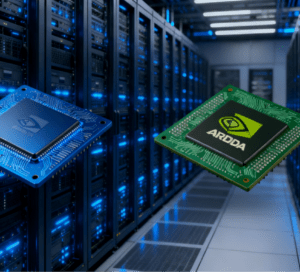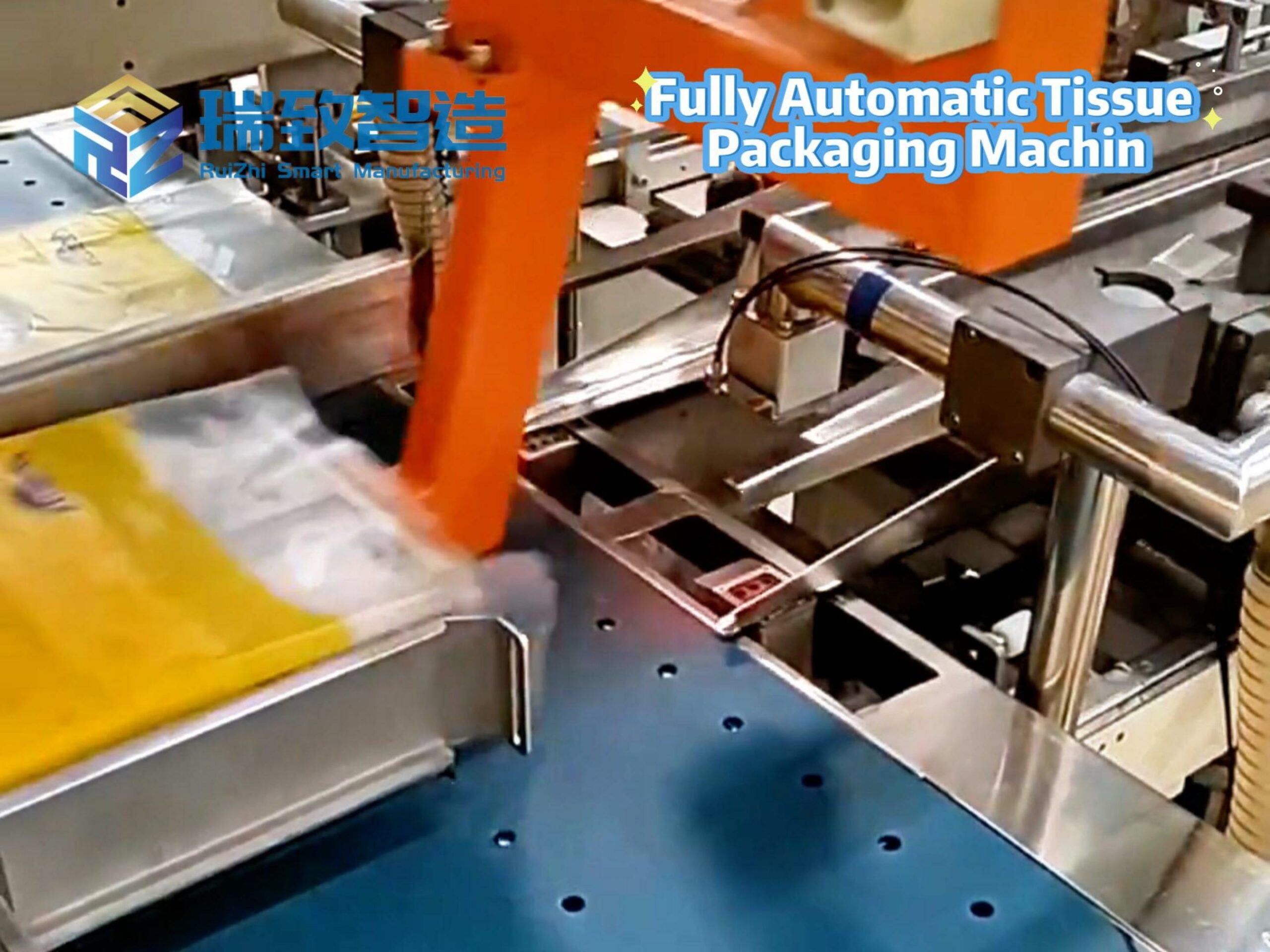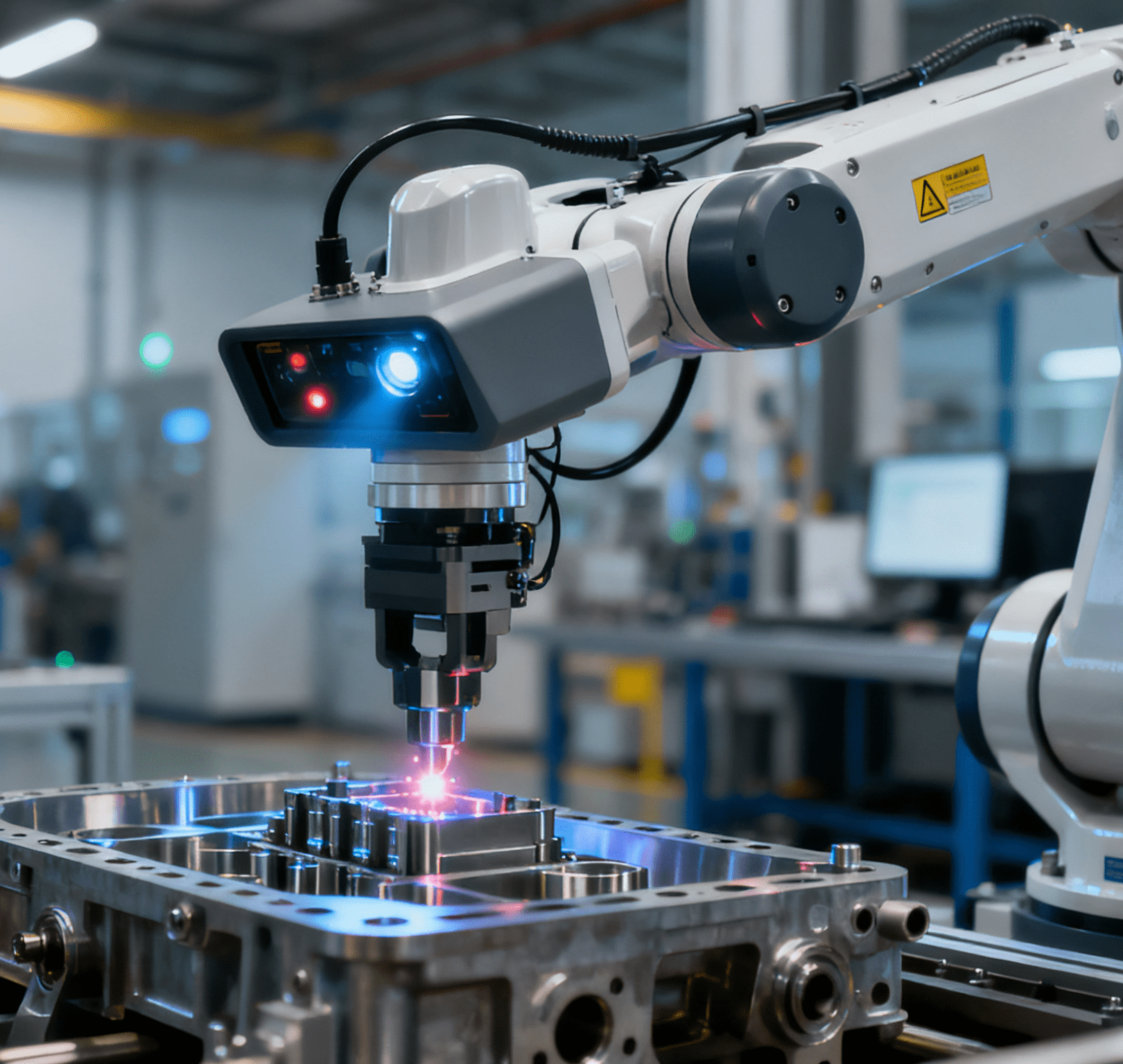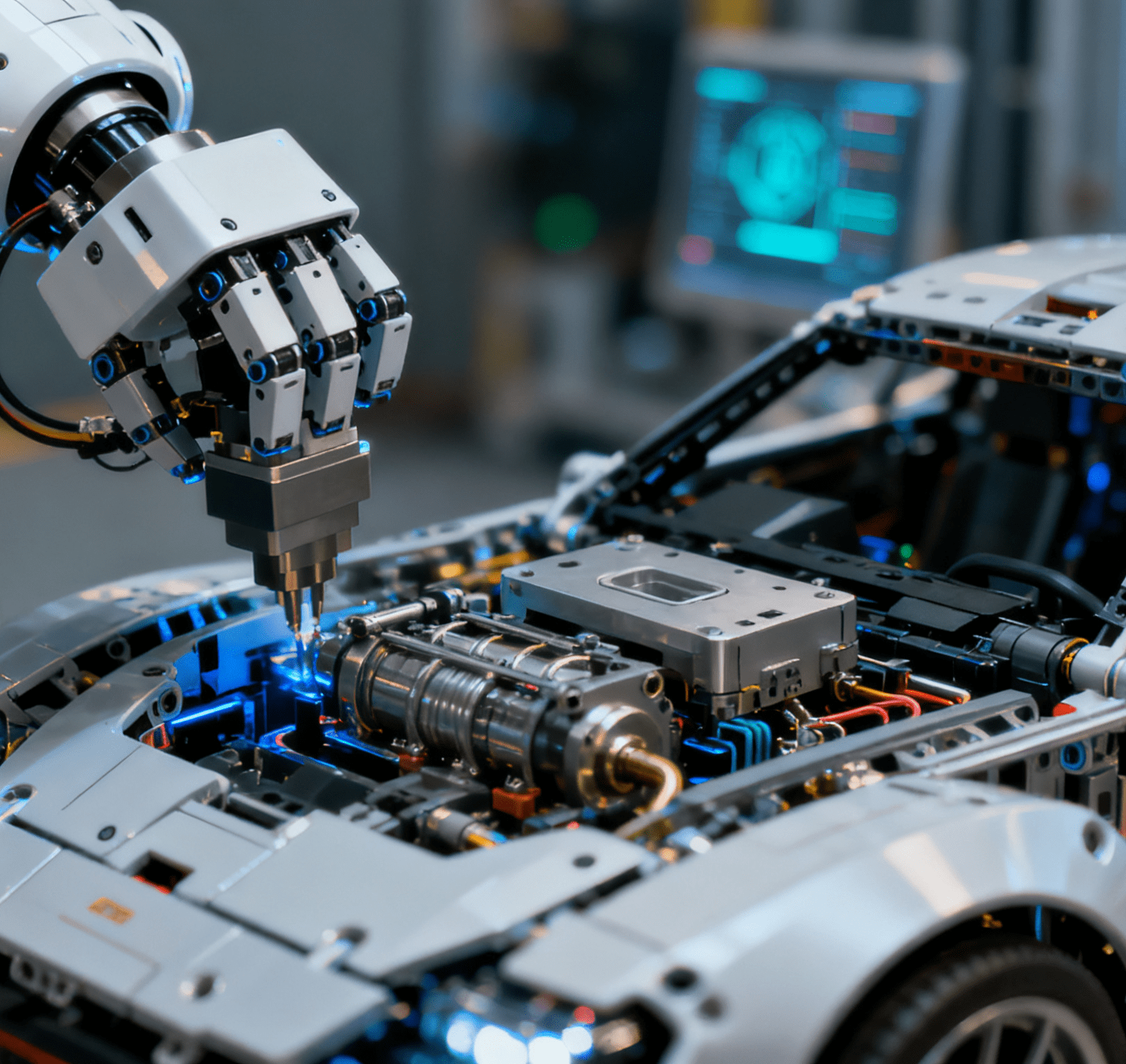
The Reign of Nvidia’s AI Chip Dominance
For three years, Nvidia has stood unchallenged as the backbone of the artificial intelligence revolution. Its graphics processing units (GPUs) power the data centers that train and run the world’s most advanced AI models, capturing an estimated 80% of the AI chip market and driving explosive revenue and earnings growth. Yet this era of unrivaled dominance may be coming to an end, as Broadcom— a leader in custom chips—emerges as a formidable challenger, leveraging a seismic shift in industry needs to chip away at Nvidia’s lead.
Broadcom’s Meteoric Rise
A Specialized Technical Edge
Unlike Nvidia’s general-purpose GPUs, Broadcom specializes in application-specific integrated circuits (ASICs)—custom chips designed to excel at targeted tasks. These ASICs offer two critical advantages: lower power consumption and superior performance for specific workloads, perfectly aligning with the industry’s shift from AI training to real-world inference. Demand for AI inference now outpaces training, with purpose-built models for automaking, healthcare, and finance booming—playing directly to Broadcom’s strengths.
Striking Growth Momentum
In the most recent fiscal quarter, Broadcom’s AI revenue surged 63% year over year, outpacing Nvidia’s 56% growth in data center revenue. While starting from a smaller base ($5.2 billion vs. Nvidia’s $41 billion in the prior quarter), Broadcom boasts a $110 billion revenue backlog, fueled by partnerships with tech giants like Google, Meta Platforms, and ByteDance. It also secured a deal to design and deploy 10 gigawatts of custom AI processors for OpenAI between 2026 and 2029—an agreement analysts estimate could add $100 billion to its top line.
Expansive Partnerships
Beyond OpenAI and major tech firms, Broadcom recently signed a $10 billion contract with an unnamed client, further expanding its reach. Market forecasts favor its trajectory: by 2030, 80% of AI inference chips are expected to be ASICs (up from just 15% last year), and with a 70% share of the custom AI processor market, Broadcom aims to double its overall AI chip market share from 11% in 2025 to 24% by 2027.
The Link Between Pick and Place Robot Types and AI Chips
Application-Scenario Synergy
Pick and place robots are core equipment in electronic manufacturing, used for precise picking and assembly of chips and components— a critical link in AI chip mass production. Common types include high-speed pick and place robots (for large-scale standardized production), high-precision models (for microchip assembly), and multi-functional robots (adapting to various component sizes). All these types rely on AI chips for computing power, enabling optimized motion trajectory planning, visual recognition positioning, and predictive maintenance.

Aligned Technical Demands
Pick and place robots require AI chips that balance high computing efficiency, low power consumption, and real-time responsiveness—exactly the strengths of Broadcom’s ASICs. As AI chip production scales, specialized pick and place robots (equipped with tailored AI chips) enhance manufacturing accuracy and speed, creating a mutually reinforcing cycle: advanced AI chips drive smarter robots, while efficient robotic assembly supports the mass production of high-performance AI chips.
Broadcom’s Advantage in This Ecosystem
Broadcom’s custom ASICs are well-suited to meet the specific computing needs of different pick and place robot types. Whether powering high-speed robots for bulk production or high-precision models for intricate microchip assembly, its chips deliver targeted performance that general-purpose GPUs struggle to match. This alignment strengthens Broadcom’s position not just in AI inference, but also in the manufacturing infrastructure that underpins the entire AI chip industry.
Broadcom’s Stock: Premium Valuation Backed by Growth
Investors have taken note of Broadcom’s ascent—its stock has surged 94% in the past year, trading at 87 times trailing earnings. Yet the premium is justified: its forward price-to-earnings ratio of 37 reflects expectations of strong growth, with analysts projecting 38% earnings increases this year and next. Its price/earnings-to-growth (PEG) ratio of 0.55 (based on five-year projected growth) signals undervaluation relative to its potential, making it a compelling long-term play as its AI chip stature rises.
Beyond the Giants: The Hidden AI Infrastructure Gem
While Broadcom’s rise threatens Nvidia’s throne, the $1.5 trillion U.S. tech infrastructure boom—driven by AI, advanced manufacturing, and tariff policy shifts—hides an even more promising opportunity. Analysts argue the true winner of this AI gold rush may not be giants like Broadcom or Nvidia, but a smaller company (1/100th the size of Nvidia) building critical tech infrastructure that Apple, OpenAI, and other leaders now depend on.
As the AI chip market evolves from general-purpose to specialized computing, Broadcom’s custom ASICs have positioned it as a serious contender to displace Nvidia. For investors, it represents a bet on the next phase of AI growth—yet those willing to look beyond the obvious may find an even more lucrative gem in the under-the-radar firms powering the industry’s unseen backbone.




















